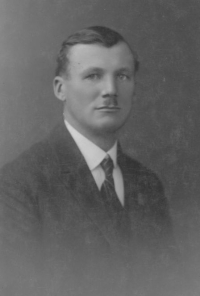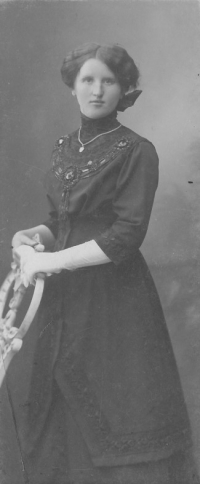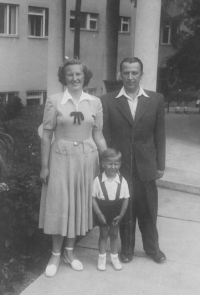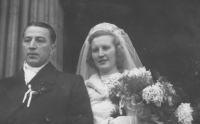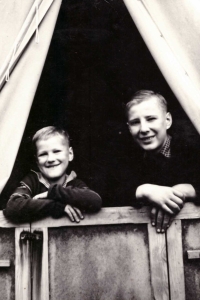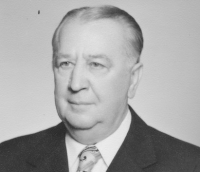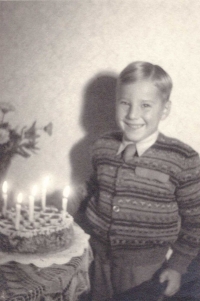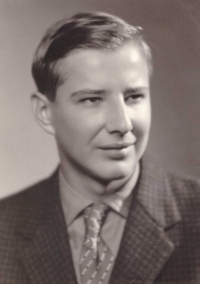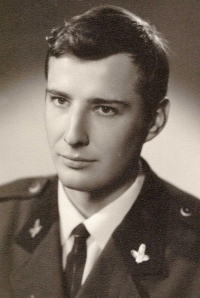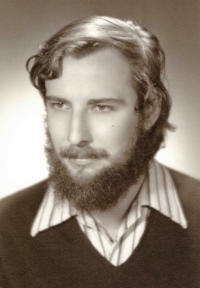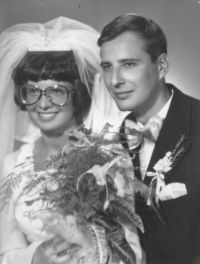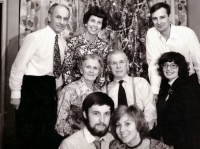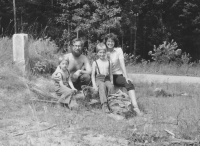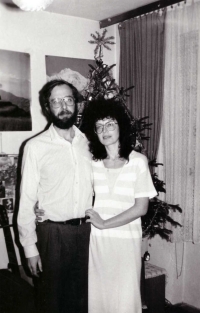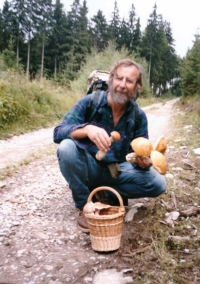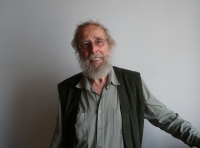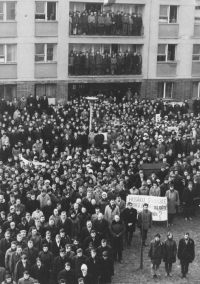Someone has to keep that flame burning
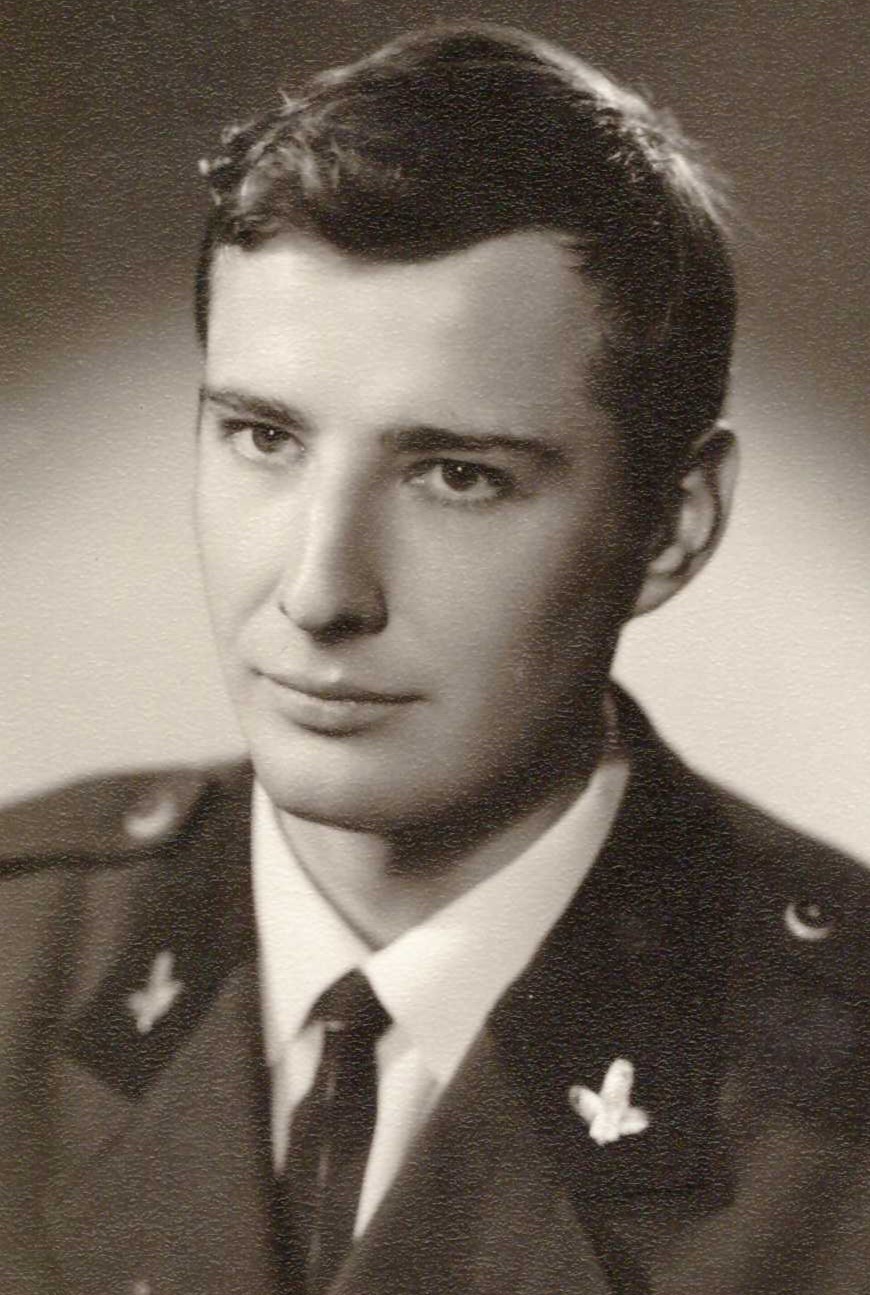
Stáhnout obrázek
Ivo Dostál was born on 13 October 1947 in Hranice na Moravě. Both parents, Alois Dostál and Jiřina, née Zlámalová, came from the Haná countryside. Ivo Dostál graduated from a forestry apprenticeship school, a forestry high school and the Faculty of Forestry at the University of Agriculture in Brno. During his university studies he worked in 1968 and 1969 as editor and editor-in-chief of the important student magazine LEF. After graduation and a short stint in forestry, he worked as a hydrologist at the Czech Hydrometeorological Institute in Brno until his retirement in 2009. In the 1970s and 1980s he participated in the formation of the Czechoslovak ecological movement as a member of TIS and later cooperated with CSOP. After the Velvet Revolution he wrote for many years for the non-state magazine of nature and landscape conservationists Veronica. He participated in planning of ecological stability units and mapping of rare plant and animal species. He was also curator of many exhibitions and editor and co-author of many publications, not only scientific ones. In 2024 he lived in Brno.
